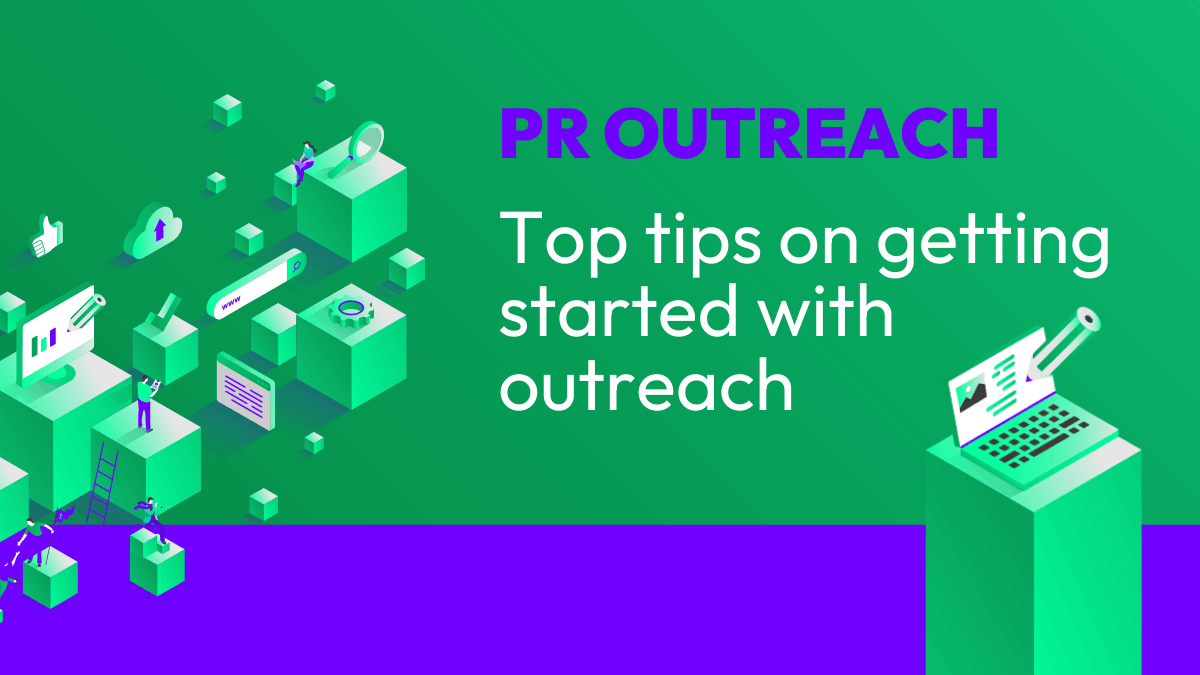Those who work within the digital PR team (outreach, content promotion, campaign performance- whatever job title you may hold) will know that it can be very frustrating when you receive no response from people you contacted with your campaign content.
There are many tactics you can use to increase the chances of journalists and publishers to notice, open, and mainly reply to your emails. Here’s the thing: you need to combine a lot of these methods to bring bigger and better success to your email outreach strategy.
Create good relationships with journalists and publishers
You won’t get much reaction to your emails if you’re sending ”˜copy & paste messages to journalists.
I’m not saying that you need to hunt them down and take them out for dinner to create a new relationship, but you can simply find them on Twitter and follow them, read their articles, so you know what content is relevant to them.
You can also pick up a phone and call them when trying to sell in your content to them for the first time. And then – always, send a personalised email, get their name right, and tell them why they’ll like your content.
The email…
Always make sure you are offering them something extra – you’re giving them a reason to get back to you.
By all means, send the full content, but maybe tell them that you have some great images you can offer them (free to use – many journalists are not fans of Getty images, and also seeking images might be sometimes very time-consuming. It can be someone’s full-time job). So if you tell them you have some great images to use alongside the release or a feature article you are sending over to them they’ll have one less job to do.
If possible, give them your content exclusive (24 hours should be enough) if they need more time they’ll get back to you.
Or, offer something else that you can give them exclusively if your content doesn’t have the exclusivity it needs … a comment or additional advice is great too.
Always tell them that you would love to know if they plan to use your content. This is simple, but effective because they’ll quickly say – Yeah, using this, or … Not for us this time – but guess what? They replied.
You can do one more thing to make your email stand out. Tailor the subject line of your email to the style the journalist writes in. Do they type one world in all capitals? Then tell them this STORY is perfect for their readers.
Store all information you have about the journalists you’re in touch with
Now, this may look like a bit of stalking – it’s not, it’s only a healthy gathering of information.
Find out from journalists’ social media accounts (most likely Twitter), their profiles on sites they’re publishing at, their conversations on social media, or the information they give to databases such as Gorkana, Cision or Headline Money, what they prefer.
You may discover that some journalists prefer to receive all stories via email before 10.30 on Monday, or they would like you to call only on Wednesday to Friday. Or they ask you to never contact them on Monday, as they are super busy – or Thursday if they are writing for the weekend publications.
They may say they prefer you to Tweet them (giving you 140 characters to sell a story).
Whatever you find out about them by either looking at their profiles or simply talking to them, keep a track of it. A simple spreadsheet is great. If you follow their preferences, they will appreciate if – you are creating a relationship, meaning that even if they might not like your content sometimes, they will tell you nicely – and ask you to keep sending your clients’ press material.
Some useful tools
SideKick (HubSpot)
This is a very handy tool. You can install it to your email (only on Chrome though). Once you send an email, and the recipient opens it, a little pop-up window will tell you that! You can also see if they click any link that you included in your email.
With this tool, you won’t see if people open your email, but if they don’t, your message will boomerang back to you – so you know the email has never been seen.
Finally… pick up a phone & attend networking events! Best tool ever when it comes to speaking to journalists and creating relationships.


